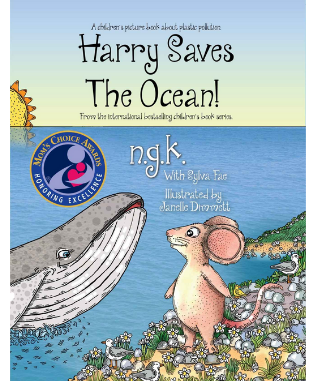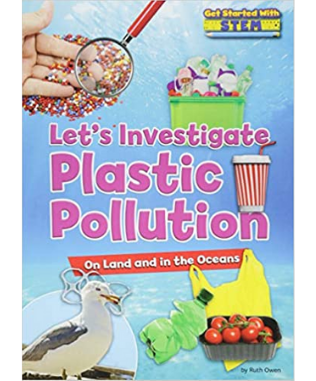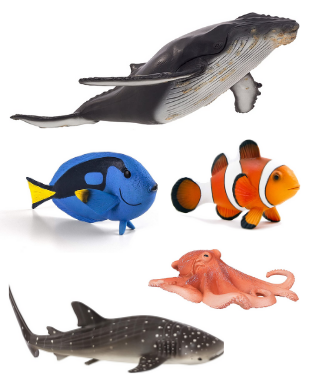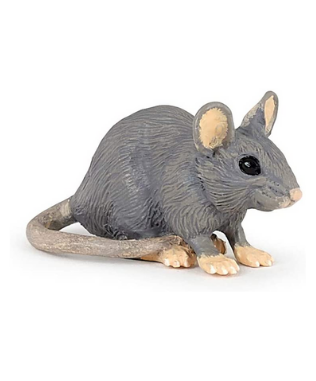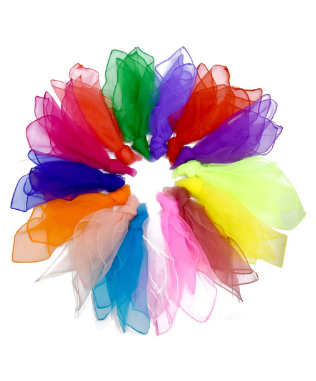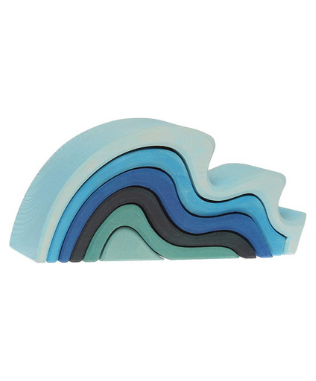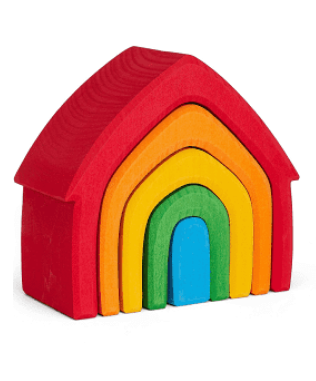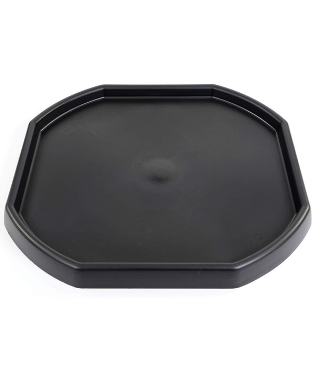Finny is really in to ocean conservation at the moment, so we have read, Harry Saves The Ocean on loop. They wanted to set up their own tray, so I left them to it. When they called me in to show me the way they had used rubbish to pollute the water, I was really shocked. I’m so used to seeing them create beautiful scenes in their ocean life small world play. Seeing the tray set out with all the plastic waste was really powerful.
Resources
- Harry saves the ocean written by N.G.K. and Sylva Fae, illustrated by Janelle Dimmett
- Let’s investigate plastic pollution on land and in the ocean by Ruth Owen
- Sea creatures
- Mouse
- Plastic rubbish we had been collecting
- M&S Little Shop food items
- Coloured circus scarves
- Shells and pebbles
- Grimm’s waterwaves
Method
Ioan read the start of the story to us.






Ioan worked on his expression as he read.






Having learnt about food chains, the boys were very concerned about the effect of plastic pollution on the marine ecosystem.
Ioan finished reading us the story and they decided to do an ocean clean up of their own tray.
Before and after their clean up of plastics:









Having previously looked at food chains, Ioan and Finn were very concerned about how the plastic in the water was destroying the natural habitat. They talked together about how different habitats normally provide for the basic needs of different kinds of sea animals and plants, but all the plastic was affecting the ecosystem, meaning their needs weren’t being met. We went on to look in more detail at Polluting The Marine Ecosystem.
DfES Outcomes for EYFS and National Curriculum (2013)
English Year 1 programme of study
Reading – word reading
- read aloud accurately books that are consistent with their developing phonic knowledge and that do not require them to use other strategies to work out words
- re-read these books to build up their fluency and confidence in word reading.
Reading – comprehension
- discuss word meanings, linking new meanings to those already known
- check that the text makes sense to them as they read and correcting inaccurate reading
- explain clearly their understanding of what is read to them.
Science Year 1 programme of study
Animals, including humans
- identify and name a variety of common animals including fish, amphibians, reptiles, birds and mammals
- identify and name a variety of common animals that are carnivores, herbivores and omnivores
- describe and compare the structure of a variety of common animals (fish, amphibians, reptiles, birds and mammals, including pets)
Science Year 2 programme of study
Living things and their habitats
- explore and compare the differences between things that are living, dead, and things that have never been alive
- identify that most living things live in habitats to which they are suited and describe how different habitats provide for the basic needs of different kinds of animals and plants, and how they depend on each other
- identify and name a variety of plants and animals in their habitats, including micro-habitats
- describe how animals obtain their food from plants and other animals, using the idea of a simple food chain, and identify and name different sources of food.
Science Year 4 programme of study
Living things and their habitats
- recognise that environments can change and that this can sometimes pose dangers to living things.






